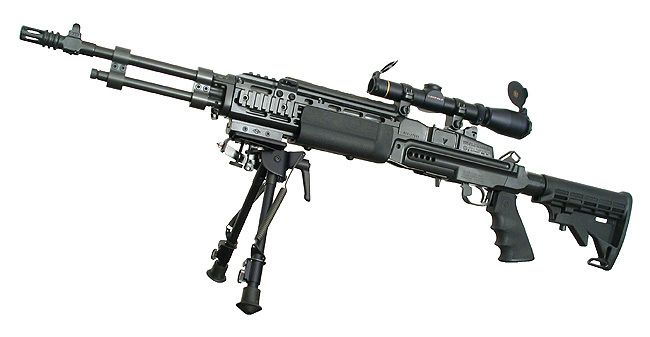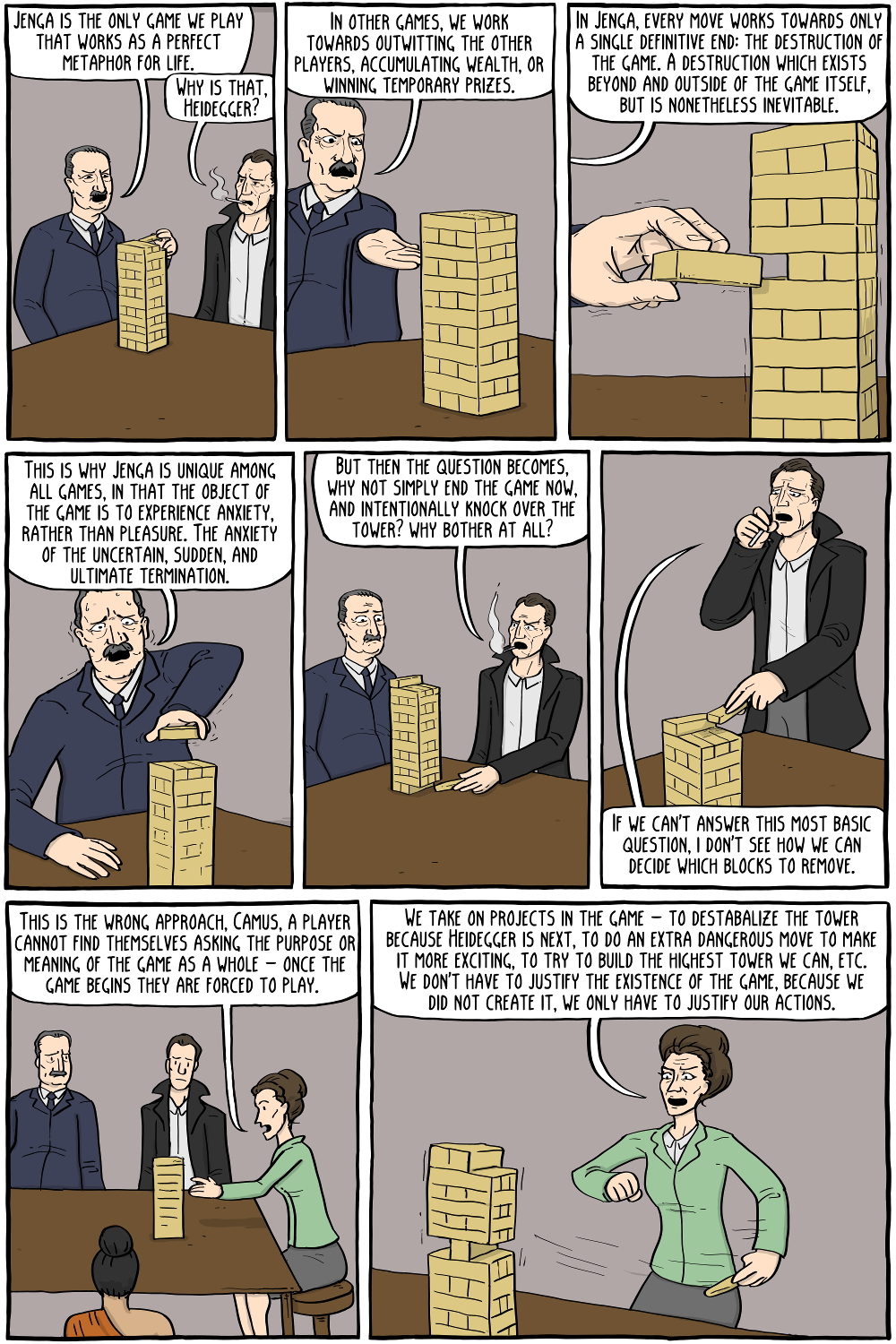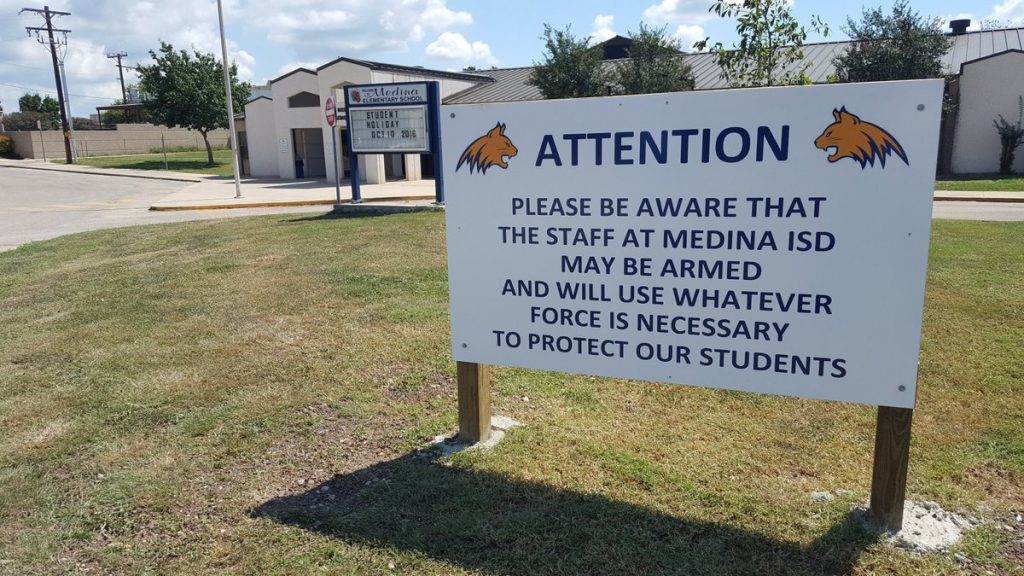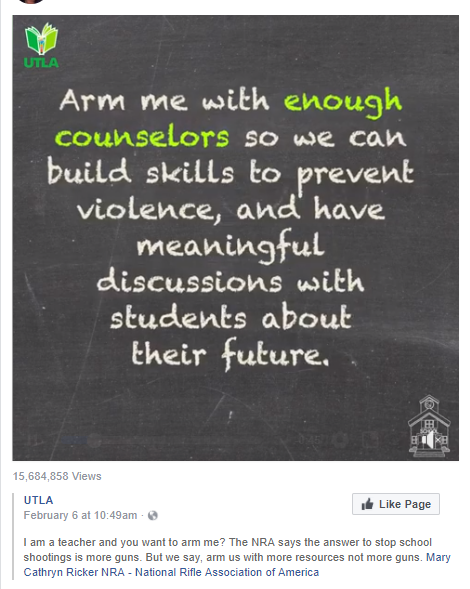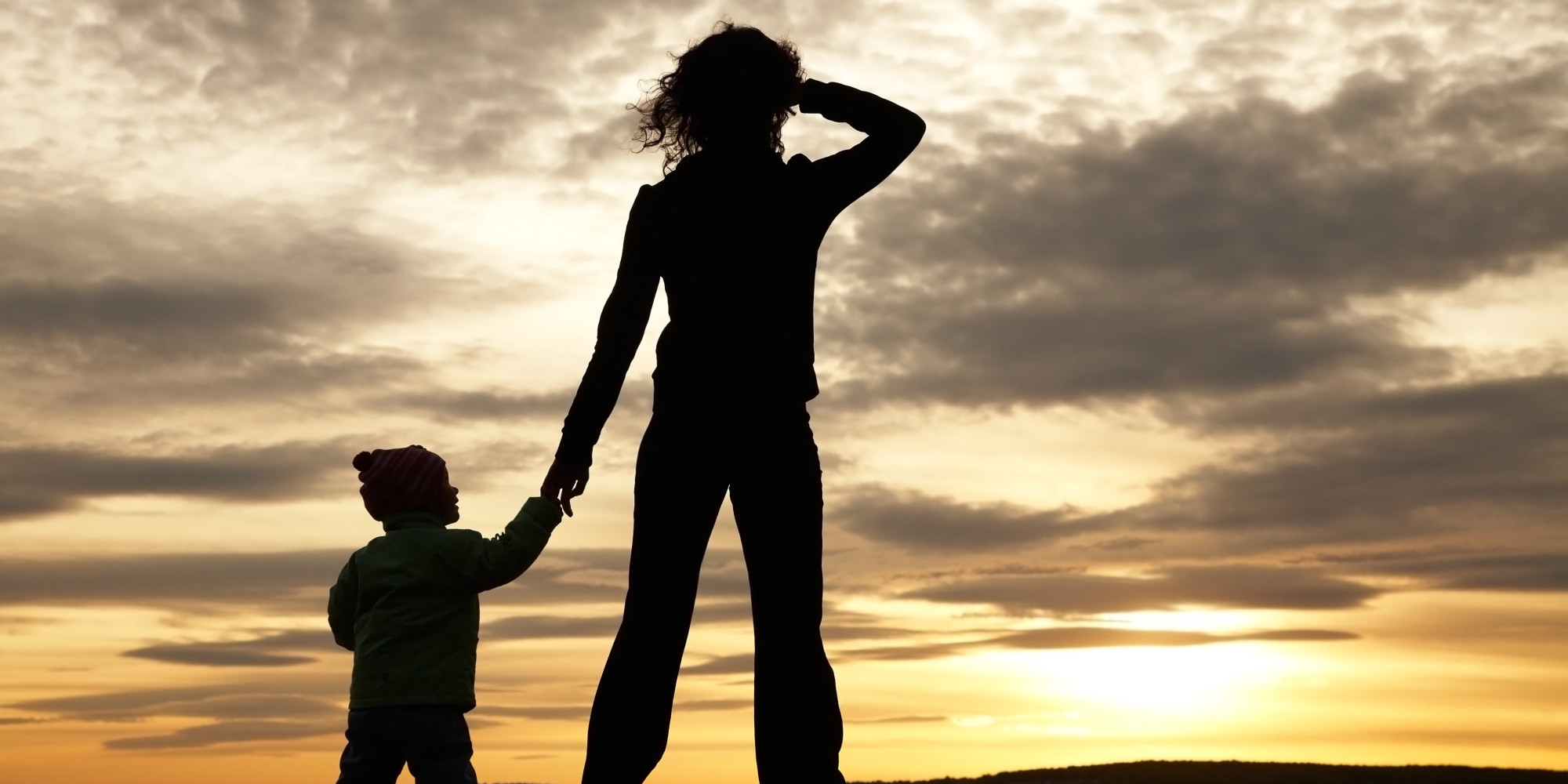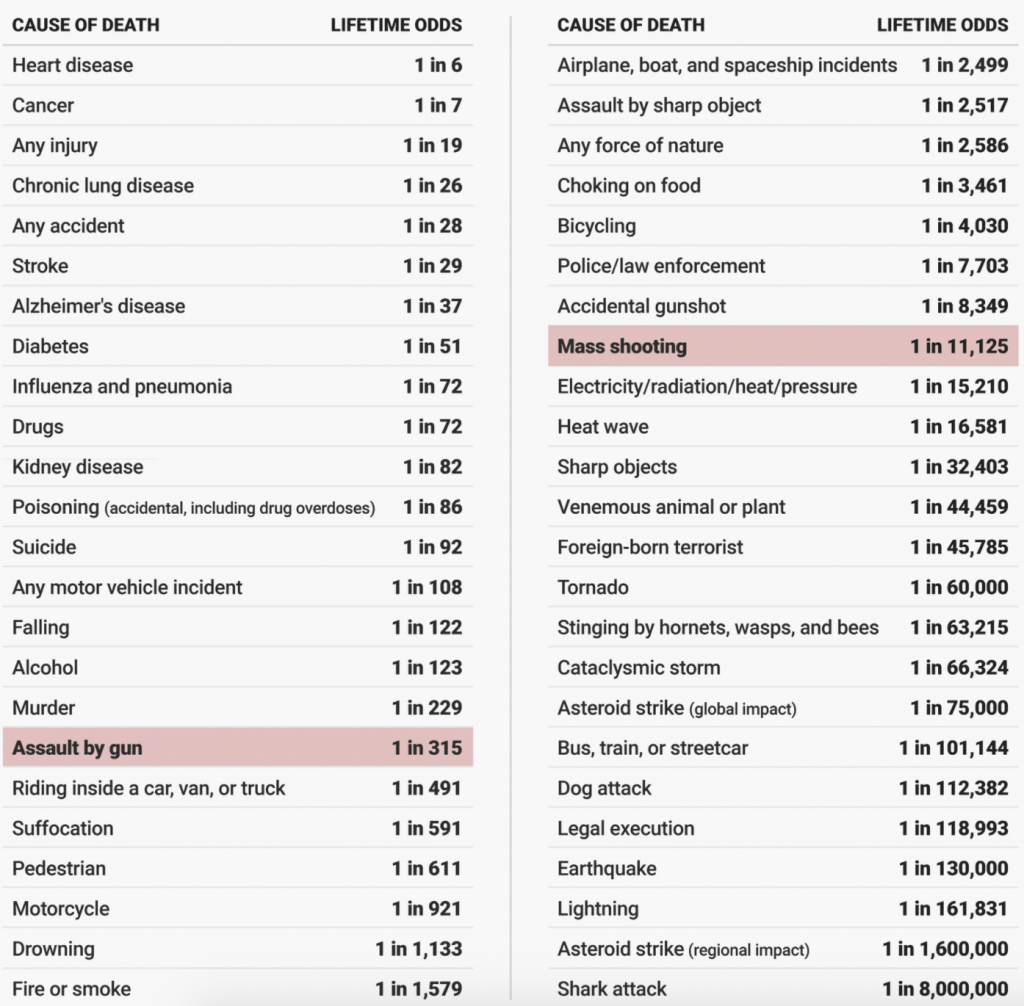I recently had an interesting political exchange–as have basically all of us, these days–in which I was called out for not being nice enough. At least, that’s how I interpreted it. My interlocutor suggested that my argument was deficient because I hadn’t started out by finding something we could agree on before launching my critique. A critique that was, just for the record, entirely civil and on-point. At no point did I get personal and there was no allegation that I had. The problem wasn’t that I had been rude, uncivil, or anything like that. The problem was that I hadn’t been nice enough.
Now, OK, it never hurts to be nice, right? Speaking as a purely practical matter, shouldn’t we always try to express our beliefs in as non-abrasive a way as possible? You get more flies with honey, and all that. So, what’s the harm in accepting as a new rule of debate the general principle that we should always find a point of common ground first and only then engage the issues directly. What kind of a person disagrees with this? Surely only a heartless and soulless person, and why would we want to listen to what someone like that has to say, anyway?
And that, my friends, is why I dislike the tyranny of kindness.
The problem with it is that it’s only a tiny jump from saying, “Why not be nice?” to then saying, “If you’re not nice, nothing you say matters.” And “nice” is an awfully subjective term. There is no logical reason why a general rule of thumb to look for common ground should lead to exiling some people from discussion for not following arbitrary rituals, but–given the incentives of political discourse–the outcome is inevitable.
I realize I’m swimming upstream here, so let me try a different tack and see if I can make some headway.
Requiring people to be nice enough in their debates is discriminatory against non-neurotypical people. The term “neurotypical” is one of those neologisms like “cissexual” that is invented to describe the category of people who didn’t need a description before because they’re just, well, normal baseline humans. A cissexual is someone who identifies as the gender that matches their birth sex. Neurotypical means “not displaying or characterized by autistic or other neurologically atypical patterns of thought or behavior.” So, people who aren’t on the autism spectrum are neurotypical.
Neurotpyical people have no problem conforming with this new minimum requirement to engage in public discourse. They are, by definition, able to conform with expected social conventions. It is easy and natural for them to both interpret ordinary social cues and conform their own behavior–including written communication–to standard expectations. A neurotypical can easily come across as nice with minimal effort. Someone who is not neurotypical, well, they might have a harder time. For them, the requirement to be “just be nice” is not actually something incidental. It’s something that requires an awful lot of conscious effort and attention, if it’s attainable at all.
So our seemingly benign call to emphasize niceness in discourse functions–whether we intended to or not–as a form of bigotry that excludes a certain class of people from discussion.
Which doesn’t sound very nice, does it?
I am not merely playing games here. This isn’t a theoretical problem, it’s a real one. Gender, as the saying goes, is performative. So is all human speech. And we’re not all equally good at it. Tying the validity of a person’s argument–the worth of their viewpoint–to their capability and/or willingness to perform well enough is not a benign requirement. It’s not a case that it might lead to unfair applications, it is intrinsically exclusionary and debilitating. Which is exactly why it’s so increasingly popular. Calling on people to be nice isn’t neutral. It’s a power-play. Which is why–in other contexts–minorities have long-rejected it as “tone policing”.
Look at that, I’m agreeing with an aspect of social justice ideology. Will wonders never cease?
I’ll be clear about what I’m saying here: refraining from personal attacks and incendiary language is a reasonable minimum standard for any discussion. You should be able to avoid meanness. Don’t insult people. Don’t troll. Don’t humiliate or mock people. These things we can expect, and should expect, because the toxicity ruins discourse.
But that’s it. That’s the extent of what it makes sense to require from people in a debate. The “thou shalt nots” are sufficient. There’s no reason–or excuse–to start adding “thou shalts” to the mix as well. Don’t expect people to proactively express their empathy. Don’t express them to follow rules like, “always start every disagreement by first finding common ground.” Don’t get me wrong, these things can be great practices. I’m not saying anyone shouldn’t do them. They can be very powerful, practically speaking, and certainly can make debate more pleasant.
I’m just saying that they shouldn’t be transmuted from “nice-to-haves” into “minimum requirements” because when we do that we engage in the tyranny of kindness. We insinuate prejudice and bigotry into our discussions, and we make it inevitable for perverse incentives to lead to defining “nice” in such a way that a person cannot disagree without violating the norm. This is already commonplace. To have a different opinion on certain hot-button social issues–abortion, sexuality, transgenderism, gun-rights, etc.–is defined as being not-nice. After all, the best way to win a debate is to bar your opponent for showing up, and that’s what happens as soon as we start imposing any kind of ritualistic performance requirements.
I try very, very hard to be civil. I also try to be emapthic although, for me, that’s not easy. It does require a lot of effort. I have worked deliberately and conscientiously for many, many years to come across better in online communication (political or not) and I’m still a work in progress. I don’t want anyone to misunderstand me as calling for worse behavior online. We’ve got enough toxicity.
I’m just calling for moderation. Expect your opponents to not be abusive.
But don’t expect–or attempt to require–that they validate you, either.
